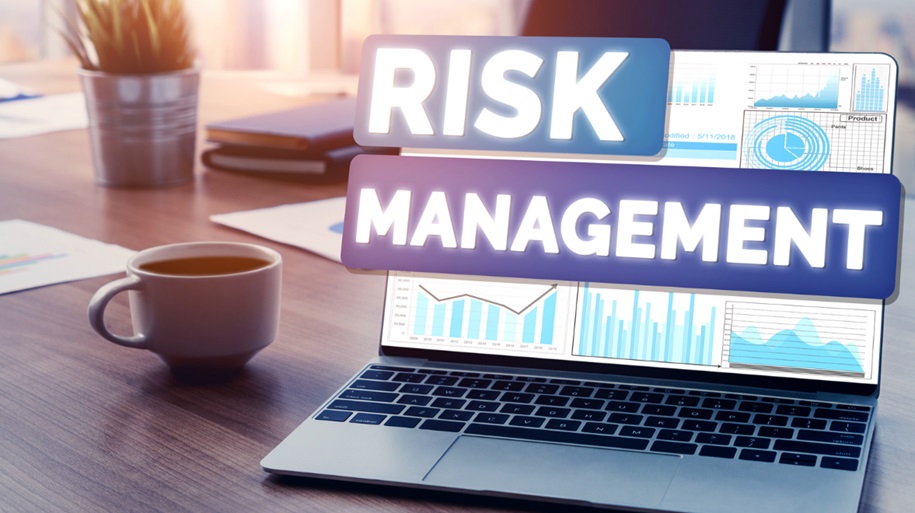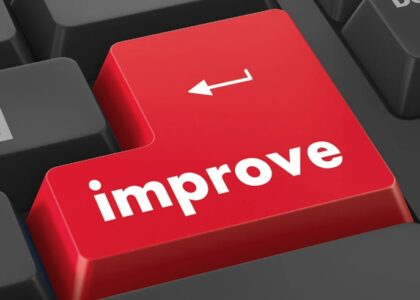Properly managing third-party risks has become critical in the fast-paced business landscape. Whether you’re working with vendors, contractors, or suppliers, ineffective oversight can result in financial loss, compliance failures, and reputational harm. To safeguard your business operations, implementing a robust third-party vendor risk management strategy is essential. This article explores best practices to mitigate such risks and ensure your organization thrives while maintaining compliance.
Understanding Third-Party Risks
Before implementing solutions, you must understand what third-party risks entail. They encompass the financial, compliance, and operational challenges stemming from external vendors’ roles in your business processes. Without closely monitoring these risks, even large enterprises can face severe consequences.
Developing awareness and identifying potential pitfalls early can provide a foundation for the proactive strategies outlined below.
Establish a Comprehensive Risk Assessment Process
A well-rounded risk assessment is the bedrock of effective third-party risk management. This process begins with identifying all third parties your organization engages with and evaluating the potential risks tied to their role.
Why a Strategic Approach Matters
For your risk management efforts to succeed, it’s important to assess third-party relationships throughout their entire lifecycle. This lifecycle approach informs smarter planning, better decision-making, and risk mitigation at each stage of your partnerships. A successful approach to vendor oversight involves strategically managing the third-party risk lifecycle to address potential vulnerabilities at every stage.
Implement Real-Time Monitoring and Reporting Mechanisms
Risk management doesn’t end with onboarding third-party vendors. Continuous monitoring is key to identifying warning signs before small issues escalate into major challenges. By establishing real-time reporting processes, businesses can ensure swift action and informed decision-making at every level.
Creating an Efficient Monitoring System
The monitoring framework should include regular vendor assessments, tracking regulatory compliance, and periodic reviews of performance metrics. These measures help mitigate the risks posed by rapidly changing environments that third-party vendors often operate within.
Leverage Technology Solutions for Enhanced Visibility
With cyber threats and compliance issues on the rise, businesses should utilize advanced software solutions designed for vendor risk management. Such tools provide greater visibility into vendor operations, streamline risk reporting, and automate certain processes to minimize human errors.
Choosing the Right Tools
Selecting the right platform can eliminate common pain points in third-party risk management. Avoiding mistakes in software implementation can save significant time and resources while optimizing results. Organizations must understand the common mistakes to avoid when implementing third-party risk management software to enhance efficiency and achieve optimal results.
Foster Clear Communication Channels With Vendors
Strong, clear communication is another fundamental pillar of effective third-party risk mitigation. Vendors should fully understand your organization’s expectations regarding compliance and performance. Outlining obligations transparently ensures accountability and builds trust.
Establishing Effective Communication Practices
Provide vendors with regular updates on regulatory changes and internal policy shifts that may affect their roles or deliverables. Two-way communication also allows your organization to address vendor concerns that could hinder their ability to meet expectations.
Focus on Strong Contract Management Practices
Contracts are the backbone of any third-party relationship, and well-structured agreements can shield your business from unnecessary risks. Effective contract management involves including clear terms that define your expectations and establish contingency plans for any breaches.
Key Considerations for Contracts
Beyond clarity, contracts should also outline service-level agreements (SLAs) and include clauses that address data privacy, compliance obligations, and exit strategies. Having these in place from the start minimizes disputes and enhances your long-term partnerships.
Audit and Adapt Efforts Regularly
Risk environments evolve, and so should your approach to managing third-party relationships. Regular audits of your existing systems, policies, and performance metrics ensure your strategies remain effective in mitigating emerging risks.
Staying Ahead in Risk Management
Audit findings should feed directly into improvements, allowing you to adapt to industry trends and maintain operational resilience regardless of changing conditions. A commitment to evolution ensures your organization can effectively respond to any challenges that arise.
Conclusion
Mitigating third-party risks requires a combination of strategic planning, continuous monitoring, and leveraging professional services. By adopting comprehensive risk assessment processes, enhancing communication, utilizing technology solutions, and regularly auditing your systems, you can fortify your organization against potential vulnerabilities. Proactive third-party risk management is not just a necessity but a competitive advantage that ensures sustainable business growth.



